Blog •
Last updated on Nov 02, 2023
How to Become a Proofreader: the Ultimate Beginner's Guide
Linnea Gradin
The editor-in-chief of the Reedsy Freelancer blog, Linnea is a writer and marketer with a degree from the University of Cambridge. Her focus is to provide aspiring editors and book designers with the resources to further their careers.
View profile →This article was written in collaboration with professional editors and proofreaders Allister Thompson, Aja Pollock, David Haviland, and Sally Apokedak.
Proofreaders go over manuscripts or texts right before publication to make sure they're error-free. To become a proofreader, you need sharp language skills, including knowledge of grammar, punctuation, and spelling, a keen eye for detail, and familiarity with major style guides. No formal degree is required, but courses and certifications can give you a strong foundation and portfolio, helping you get your foot through the door — as you gain experience through freelance opportunities and proofreading for people in your network.
If you’re interested in having a proofreading career, we’ve contacted some of our top professionals here at Reedsy to put together a comprehensive guide on how to become a proofreader in six steps:
Let's take a closer look.
1. Understand the proofreading job description
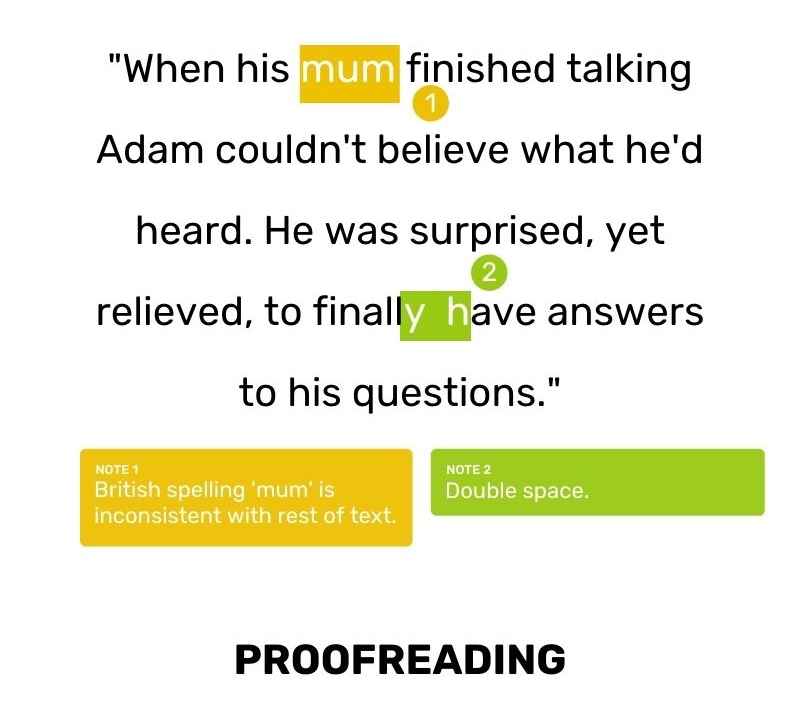
What does a proofreader do? A proofreader does the final check of a piece of text to catch any remaining grammar and punctuation mistakes, spelling errors, or formatting issues before it reaches the eyes of the public, after the author has adjusted the structure based on a developmental editor's feedback and the polished the language based on a copy edit. Their services make news articles, essays, books, website copy, or any other type of text error-free and ready for publication.
More specifically, proofreaders are often freelancers, and they carefully read documents from many types of clients (authors, publishers, businesses, and so on) to double-check for:
- Typographical errors
- Inconsistencies in style or layout
- Awkward page and word breaks
- Missing punctuation and spelling mistakes
- Any other issues that might spoil the reading experience.
Top tip: to keep track of all creative decisions such as alternative spellings of names and places or italics for thoughts, proofreaders often use customized style sheets. You can read more about how to use a style sheet and download two free templates here.
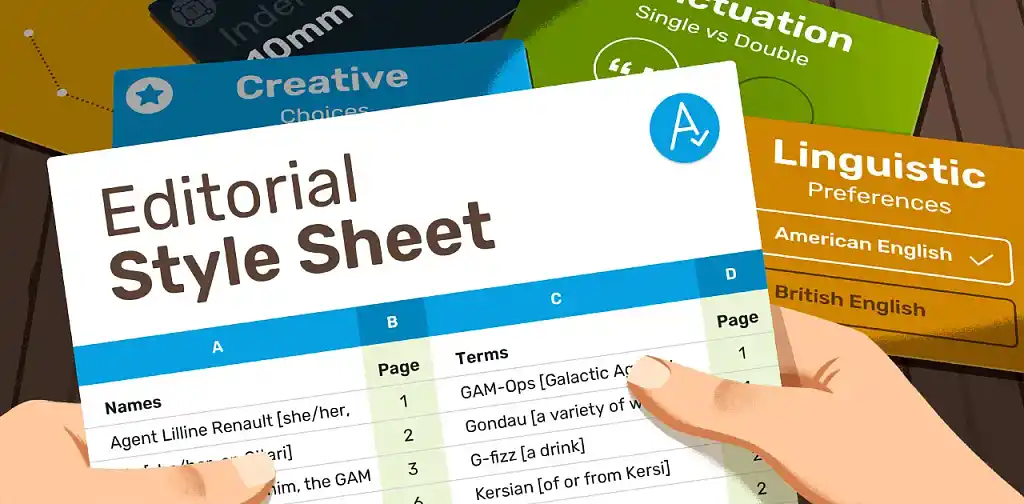
FREE RESOURCE
Editorial Style Sheet Templates
Set up a sleek and easy-to-use style to keep track of all your creative decisions.
While some authors may be tempted to skip over proofreading to save time and money, proofreading is an integral part of making any text look spot-on and professional. “A proofreader is the ‘last line of defense’ between a book that looks professional and one that is obviously amateur and sloppy,” says Allister Thompson, a proofreader with over 25 years of experience. “So a proofreader actually has a lot of responsibility in the publishing process.”
Proofreaders vs copy editors
An important distinction to make is that between copy editors and proofreaders: as opposed to copy editors, proofreaders are not necessarily concerned with the quality of the sentence on a subjective level, but how well it adheres to grammar conventions and the logic of the text. That means that a proofreader will not go into a text and make suggestions for better ways to phrase things, so long as there are no objective spelling errors, missing punctuations, or formatting issues, for example.
Below is a table that clarifies the different steps of the editorial process. This applies best to books — in article or copywriting you may have content editing followed directly by proofreading, for instance.
|
Stage 1: |
Stage 2: |
Stage 3: |
|
Revises ‘big picture’ aspects of the book like characters, plot, and themes. |
Polishes the book by the sentence, refining the style, tone, and grammar. |
Provides a safety net that catches any errors that the copy edit has let slip. |
Emphasizing the difference between copy editing and proofreading, Aja Pollock, a freelance editor for Simon & Schuster, HarperCollins, Penguin Random House, and Macmillan, says that “probably the main piece of advice I'd give to new proofreaders is that proofreading is not copyediting. Your job as a proofreader, aside from catching outright errors, is to back up the copy editor and make sure the style they've established is applied consistently, as stated in the style sheet.”
“If it’s clear and consistent,” she continues, “don’t change it without checking with whoever hired you.” Unauthorized and unnecessary corrections at the proofreading stage can set the whole production schedule back and cause further issues down the line, so “as a proofreader, you need to develop a sense of when to stay in your lane.”
🎓 What qualifications do you need to become a proofreader?
While you don’t necessarily need any specific formal qualifications to become a proofreader, you do need to demonstrate somehow that you have the skills for the job. Most proofreaders will hold bachelor’s degrees in fields like English or Journalism and, most importantly, must have a strong command of language and grammar. To that, Allister Thompson adds that a skilled proofreader must be able to focus for long periods of time:
“A distracted proofreader is a bad one. The eye always wants to skip over text, especially when you're pressed for time. You can't do that.”
David Haviland corroborates this statement:
“Proofreading is all about focus and attention to detail. Many of the issues that a proofreader identifies are ones that most educated people would spot, if they were paying attention. But maintaining this kind of focus on every line over the course of an entire manuscript, and then doing the same thing day after day, is an acquired skill.”
Further, you should be able to spot typographical or design errors, as you might be working with laid-out book files and not just text documents.
Having a university degree or special qualifications in the form of certifications, though not strictly required, can be helpful in showcasing that you have the skills and techniques clients expect proofreaders to have, and help you stand out during the job application process.
With that said, you can study in other fields as well, especially if you want to work as a proofreader for technical or academic content. This makes the job quite accessible to students, freelance writers, and just about anyone with a sharp eye and love for wordsmithing. You can also opt for vocational training programs that specifically teach proofreading, and which come with certifications.
💰 How much do proofreaders make?
According to ZipRecruiter, professional proofreaders make around $23 per hour on average. As of 2023, that means the average salary of proofreaders is around $47k per year.
That being said, proofreaders with more experience and expertise — or expertise in niche fields — can command even higher fees, with top professionals making between $30-$35 an hour. Professional proofreaders on Reedsy, for instance, can make anywhere between $600–$1,000 working on a book, depending on the book’s genre and length.
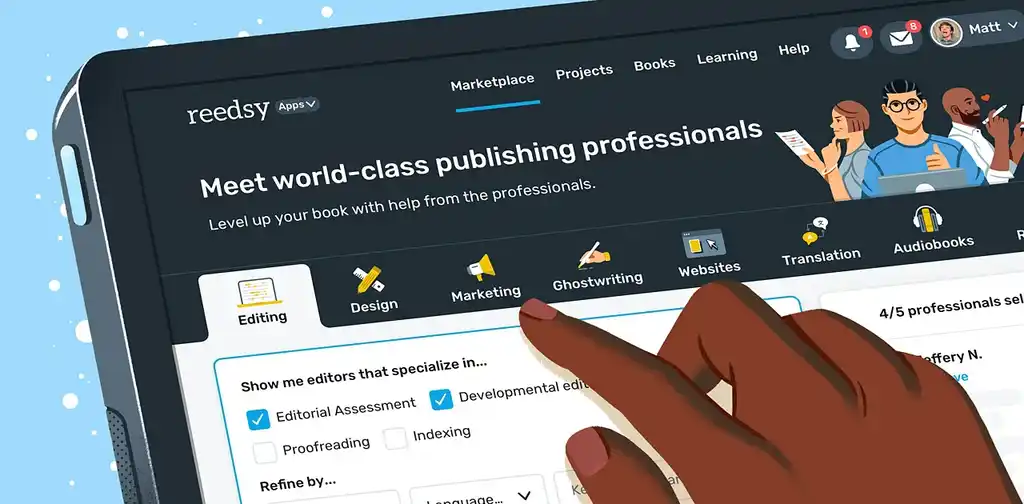
FIND CLIENTS
Grow your business on Reedsy
Submit your application to join our curated network and connect with clients.
2. Identify what proofreading services you want to offer
If you like the job description and the money sounds good, the next step towards becoming a proofreader is to pick your niche, i.e. what type of texts and industries you would like to work with.
Since media content is everywhere nowadays, you get a lot of choices. You can work with authors on books, with content creators on websites and blog posts, with scholars on academic papers, with reporters on news articles — the list goes on. With the right background, you can even proofread medical texts or court reports.
Now, as you’re building experience, you can try your hand at a variety of projects, though the key to getting a leg up is to find a specific niche. Each field has their specific requirements in terms of language and format, so it’s simply easier to learn them one at a time. Moreover, your niche is your competitive advantage when applying for proofreading jobs: clients will appreciate expert services more than they do a melange of barely related work experiences.
If you want to work in publishing, it’s even beneficial to narrow your focus down to book genres, since they can require quite different skills. Proofreading a fantasy novel, for instance, may demand sharp attention to details and the mechanics of a fictional language, while proofreading picture books may present technical challenges, notes editor and proofreader Sally Apokedak:
“If I proof PDFs with illustrations, I take into consideration the design of the book. For instance, maybe the text is centered and paragraphs lack indents. Quote marks can present another problem. So, when possible, I proof the work according to the typesetter's rules to maintain consistency.”
With this in mind, consider where your expertise and genuine interest lie, and work towards eeking out your presence in your desired niche.
3. Take a proofreading course
If you do not yet possess the skills and qualifications to land the proofreading jobs you’re applying for, you might want to consider bulking up your resume with a proofreading course. Since there’s more to proofreading than just reading and catching a spelling mistake here and there, (and since real-life experience can be hard to come by) we highly recommend signing up to a proofreading course that can guide you through other duties of the job. This is what Aja Pollock did:
“I took a proofreading class at NYU, just to get some kind of credential under my belt, and a class taught by someone who knows what they're doing is a great way to learn best practices and conventions for proofreading. Someone who's new to proofreading might not think to check for things like stacks and ladders or make sure the folios and running heads are correct; you should be able to come out of a class with a full checklist of things to look for beyond just typos.”
A course not only gives you a head start on understanding style guides (more on this in a bit) and grammar rules, it also allows you to familiarize yourself with editing tools and provides a chance to practice proofreading while getting feedback from veteran professionals. Working together with your course mates while meeting deadlines not only shows that you're a team player, but is also a great way to kick-start your networking efforts; a proofreading course is a great place to meet potential future colleagues and employers, after all.
Of course, each program offers different things: some might be more tailored to fiction proofreaders, others to legal paperwork; some can offer more theoretical knowledge, others come with a mentorship program. The point is to find a curriculum that provides the best training for your chosen niche. Start your research with our summary of the best proofreading courses in the market right now.
Beyond the work that a course gives you, here are some other options to hone your proofreading skills:
Practice, practice, practice
They say practice makes perfect, so get going! Make an effort to proofread anywhere and everywhere you go (silently in your head, of course). And don’t stop with correcting grammar and spelling mistakes; think about your punctuation errors and inconsistencies in language as well.
For more material to work on, offer to proofread a friend’s work for free. Be mindful of the context of each piece — is it a cover letter, an essay, or a website copy? What style guide would it follow? What kind of English is used — British or American? The answers to questions like these will give you the standards which the piece needs to satisfy, which is the basis of your proofreading work, as a competent proofreader knows how to distinguish between objectivity and personal preferences.
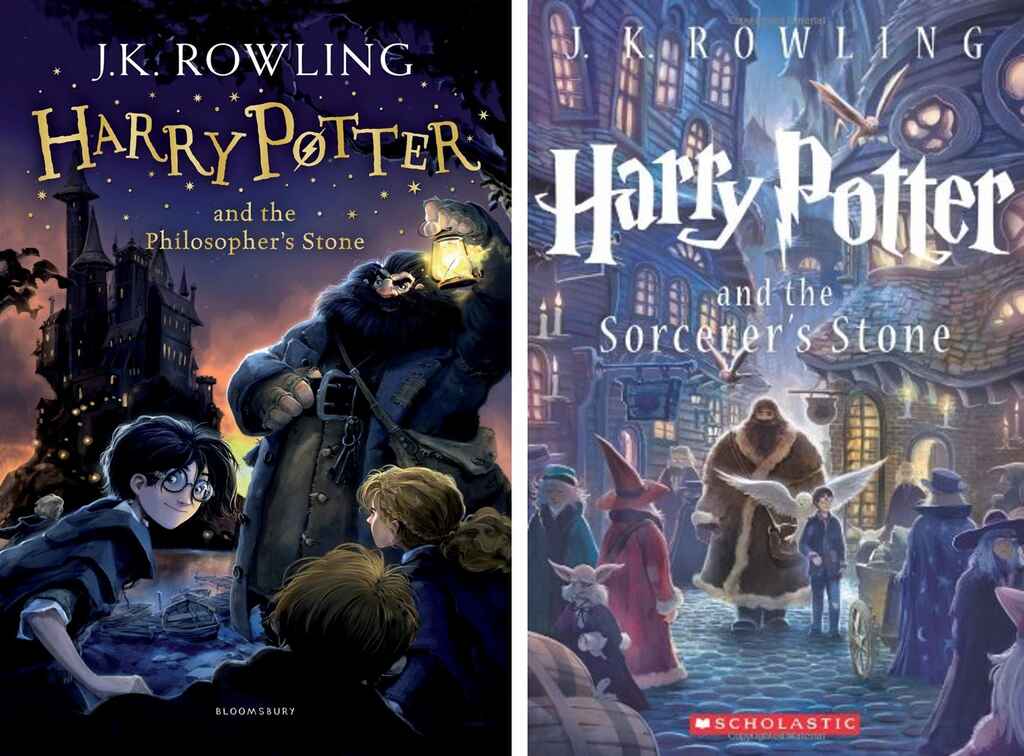
Reading texts with these criteria in mind can sharpen your skills. The more you do it, the more competent you’ll be at noticing discrepancies and errors.
Q: What experience has been the most valuable in improving your proofreading skills?
Suggested answer
Working as a sub-editor for an online news company was valuable because it forced me to sub-edit (i.e. rearrange, rewrite, delete irrelevant material, etc.) and proofread articles very quickly to meet deadlines. Also, editing and proofreading for LexisNexis law-book publishers was valuable because it demanded a great deal of attention to detail, including many law-specific style rules.
This kind of experience makes the usual kind of proofreading and editing relatively easy in comparison
John is available to hire on Reedsy ⏺
Experience, of course, but also paying attention to other people’s work. One of my freelancing gigs has a Slack channel for the editors, and it has been invaluable for me to observe, pay attention, and learn new things all the time.
Jenny is available to hire on Reedsy ⏺
Take a proofreading test
Now that you’ve studied up and practiced your proofreading skills, it’s time to test them out! There are tons of tests out there, ranging from multiple-choice quizzes to textual exercises, that are great for gauging your ability to find and recognize key errors and inconsistencies. For some quick tests, check out these sites:
As David Haviland says: “One way or another, you need to study the art of writing clearly, stylishly and consistently.” And whether that be through a course or through other avenues, you will have to know how to work with style guides.
4. Develop a strong command of style guides
Style guides are manuals that provide standard guidelines for the writing and formatting of various documents. If you’re going to become a proofreader, you’re going to want to know them like the back of your hand.
Which style guides you learn, of course, depends on your niche and the types of texts you’ll work with. In many projects, however, the choice will come down to the client so, at the very least, you should acquaint yourself with the following styles:
- Chicago Manual of Style;
- APA Style; and
- AP Style.
David Haviland notes that he will always ask his clients what style guides they prefer at the start of a project. If your client doesn’t have a preference, you can refer to whatever style guide you feel most comfortable working with.
“It's handy to have a style guide like Chicago on hand,” Thompson adds. “Or whatever style guide your client uses. It's also handy to have a style sheet for a particular project, so copy editors can be encouraged to make those to explain spellings and style choices in the book.”
“I use the Chicago Manual of Style and Merriam-Webster's Collegiate Dictionary (online edition), as well as the house style sheet if I'm working for a publisher who has one,” Aja Pollock says. “When you start out, you may need to consult these a lot until you learn the fundamental style conventions and M-W spelling. That can slow things down when you're new to proofreading, but it's part of the learning process.”
If your niche is academic or scholarly in nature, you might also want to consider learning MLA and Turabian Style. Knowing these style guides will help you maintain objectivity and follow consistent rules whenever you’re editing a manuscript.
You can find the handbooks to these styles (which are essential resources for editorial professionals) in libraries or on the internet. Having the one you're following on hand is always a plus, even when you become an experienced proofreader!
5. Search for freelance proofreading jobs
Once you’re all trained up in the proofreading department, you’re ready for your job search. But first, a word of warning: beginners in any editorial field will have less access to quality projects in their desired specialty or genre. Do take smaller proofreading roles that come in at the beginning of your career, and always keep your eyes out for opportunities that are adjacent to your chosen specialty.
If you manage to weather this challenging first stage, you’ll emerge on the other side with the skills and track record to pull you through the rest of your proofreading career.
“Proofreading suits a particular kind of person who loves language, cares about the fine details, and has a critical mindset. It’s quite difficult to do well, so there will always be work for a proofreader who is professional, reliable and fastidious.” — David Haviland
Since most proofreading services are provided by freelancers — even publishing houses outsource this task often, to be more economical — you’ll find a lot of proofreading jobs on marketplaces like Reedsy or other freelancer job sites which connect you with a community of writers in need of proofreading services.

JOIN REEDSY
Find exciting new projects
We connect publishing professionals with our community of 1,500,000 authors.
💼
Are you ready to join Reedsy?
Find out here! Takes 1 minute
Publishing job boards are also useful platforms to check out. And if you feel like working with a specific publisher or a media company, find and follow their editors on Twitter or LinkedIn. Managing and production editors commission proofreading services all the time — they often post something online when new gigs are available.
💡 Pro-tip: Impress your potential clients with this freelance proposal tempate and this invoice template.
Setting your rates
In most cases, as you’re a freelancer, you’ll get to set your own proofreading rates. Remember not to undercharge! We recommend thinking about how much you need to cover your living and business costs (think office space and time spent on keeping the books) in order to come up with an absolute minimum, below which you should not accept.
Experience and exposure is too often used as an excuse to underpay, and you should not accept that, especially if you have nailed down the fundamental skills for the job!
6. Network and keep building your business portfolio
Before you know it, you’ll know plenty of people in the industry and will start finding jobs with ease, perhaps even commanding higher pay. But, don’t forget: keep building your résumé and treat everyone as a potential business partner! Make sure your portfolio is always updated and includes the latest projects relevant to your career goals.
In other words, focus on presenting pieces that reflect what you want to keep working on and cultivate your professional relationships. So if you want to proofread more fantasy novels, highlight projects that involve other-worldly elements, even if they are review articles or short stories. That way, only the suitable clients will send you a request. Or perhaps you'll know a guy who knows a guy who can hook you up with your next project.
And, Sally Apokedak reminds us, even though proofreading is less concerned with the style and flair of the writing, it’s still an art-form which you can practice and get better at:
“In all proofing, consistency is king because there is some room for art when proofing. Some of it is science—there is never a time when ‘it's’ will be a possessive pronoun, for instance. But some of it is art—some questions could be punctuated with an exclamation point instead of a question mark, for example. So the key is to make a reasoned choice in the beginning about certain gray areas and then be consistent all the way through to the end.”
Q: How did you become a proofreader in the publishing industry?
Suggested answer
I picked up some freelance contracts through friends who worked at the university in my city and through my website. To begin with, I proofread conference papers, theses, and research proposals rather than books, but once I had built up a small portfolio, I could start responding when publishers asked for proofreaders to join their freelance pool (usually on social media!).
Mairi is available to hire on Reedsy ⏺
I started by doing some general work experience at Head of Zeus, then did an internship at Boldwood Books. From there, I was a manuscript reader for Boldwood; I read manuscript submissions and wrote reports on their suitability and quality. Having gained the trust and respect of Boldwood, I was recommended the 'Introduction to Editorial Skills' course at the Publishing Training Company. Once I had gained that qualification, Boldwood gave me my first proofreading job.
Emily is available to hire on Reedsy ⏺
Proofreading, just like any other editorial job, will come with its challenges. It’s not uncommon for newcomers to have to deal with low wages, competitive job prospects, and long work hours. But if you put your mind to it and really invest in your craft, then making it as a proofreader will be more than worth it in the long run.
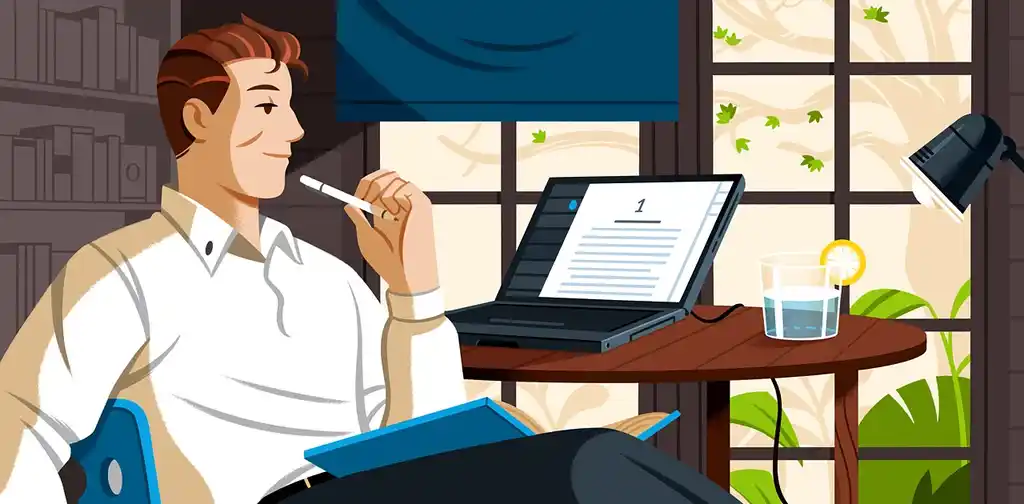
FREE RESOURCE
The Full-Time Freelancer's Checklist
Get our guide to financial and logistical planning. Then, claim your independence.
